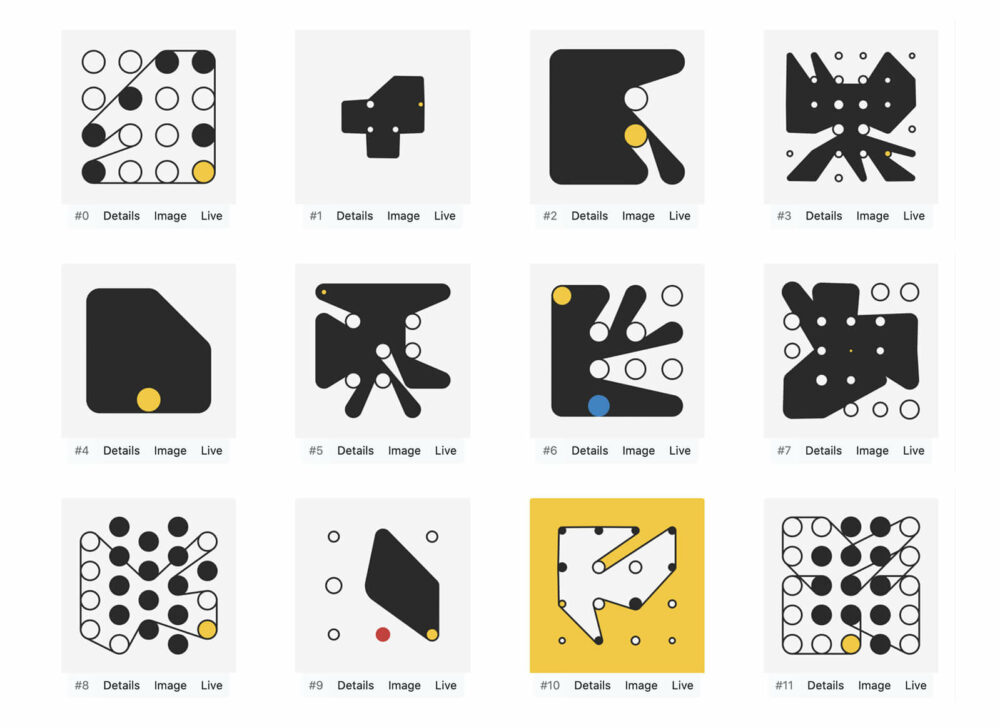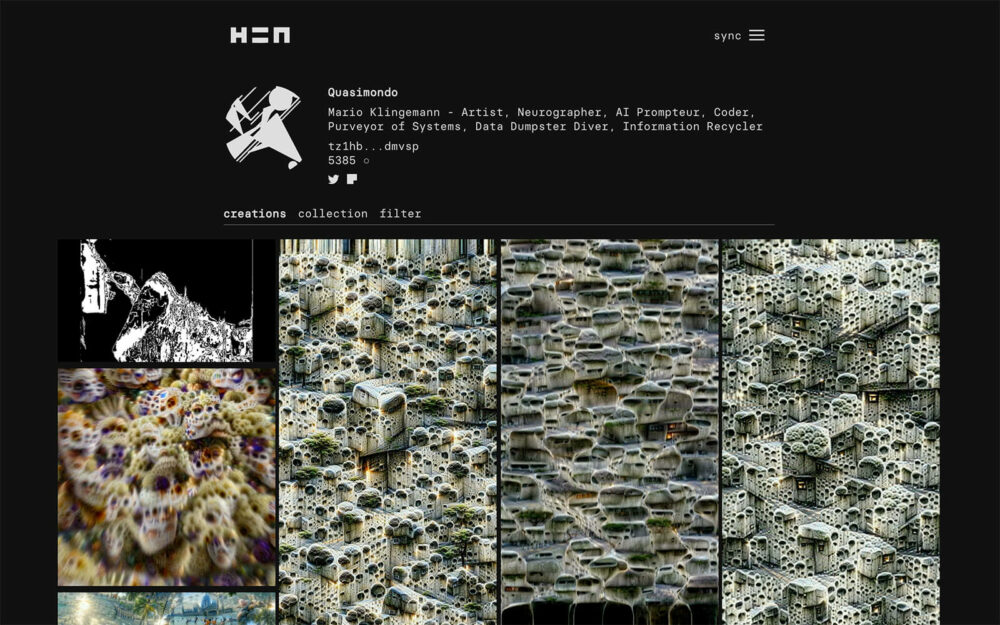← Explore
Panel
Monetizing Digital Art: What has Changed with NFTs?
Speakers:
Eliane Ellbogen, Elena Zavelev, Cadie Desbiens-Desmeules, Ryan Stec, Joseph Cutts

Profile:
Eliane Ellbogen
Eliane Ellbogen is an intellectual property lawyer with business law firm Fasken, and focused on information technology. She advises and represents clients in complex, high-profile patent, trademark, copyright and trade secret matters
Takeaway:
In this boom phase, NFTs prompt far more questions than answers. The lack of standardization around copyright and the durability of the work are thorny issues for both artists and buyers alike. We’re truly making up the rules as we go, thus far.
Precedent:
Beyond all the noise made about Beeple’s $69 Million Everydays sale, Dmitri Cherniak’s Ringers has become one of the most influential blockchain-based pieces of art to emerge during the NFT boom. Hosted on the Art Blocks platform, and sold in an edition of 1,000, the project’s simple generative grammar of grids, cylinders, bands, and colour captured the imagination of fledgling crypto art collectors by offering a more abstract example of what blockchain-based art could be. Distinct from the JPEGs, GIFs, and HD imagery that populate many platforms, works like Ringers (and the projects on Art Blocks, in general) illustrate how the hash data of the minting process—the transaction—can become data that shapes the work.
Soundbite:
“An NFT is a bundle of rights. You can use it, access it, control it, destroy it. It is not necessarily the associated artwork, which may surprise many folks. It’s a digital signature that points to the artwork on a third party platform or decentralized server.”
Eliane Ellbogen, giving a snapshot of the legal perspective on NFTs
Soundbite:
“One thing I see as potentially revolutionary in NFTs is the artist’s resale rights. Where a portion of secondary sales are redistributed back to the original artist.”
Eliane Ellbogen, on where she sees the most potential artists in the burgeoning NFT market

Soundbite:
“Perhaps the only authentic crypto artist is the one who engages smart contracts as a material in their practice.”
Ryan Stec, sidestepping a question to define who/what a crypto artist is
NFT Marketplace:
Founded by Brazilian software engineer Rafael Lima in March 2020, Hic et Nunc has emerged as a NFT platform favoured by artists. Unlike its Ethereum-based peers, it’s built on the inexpensive proof-of-stake cryptocurrency Tezos, solving some of the issues of access and waste associated with older blockchains (gas fees for Ethereum transactions can cost $100 USD and up, pricing some folks out of participating). The platform has also nurtured a friendly and enthusiastic collector class, and compared to venture capital-backed NFT Gateway and OpenSea the difference in mood and atmosphere is palpable. The platform will lean into what makes it unique in the future as plans are afoot to invite power user artists and collectors to participate in its governance.
Image: Hic et Nunc profile of AI artist Mario Klingemann
Image: Hic et Nunc profile of AI artist Mario Klingemann
Number:
$939,357.86 USD (292.45 ETH)
Ethereum gas fees for NFT transactions on OpenSea this afternoon (data courtesy of Ether Scan Gas Tracker)
Fave:
“How can we leverage NFTs but not reproduce the same power structures that already exist and without widening the gap between those that succeed and those that don’t?”
Artengine Artistic Director Ryan Stec, on using technology to improve all artists’ lives

Commentary:

